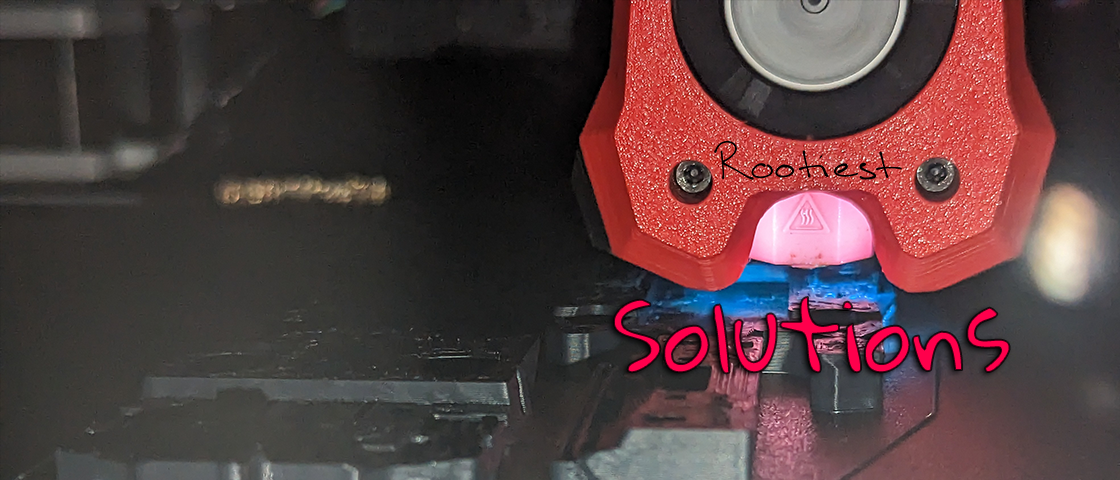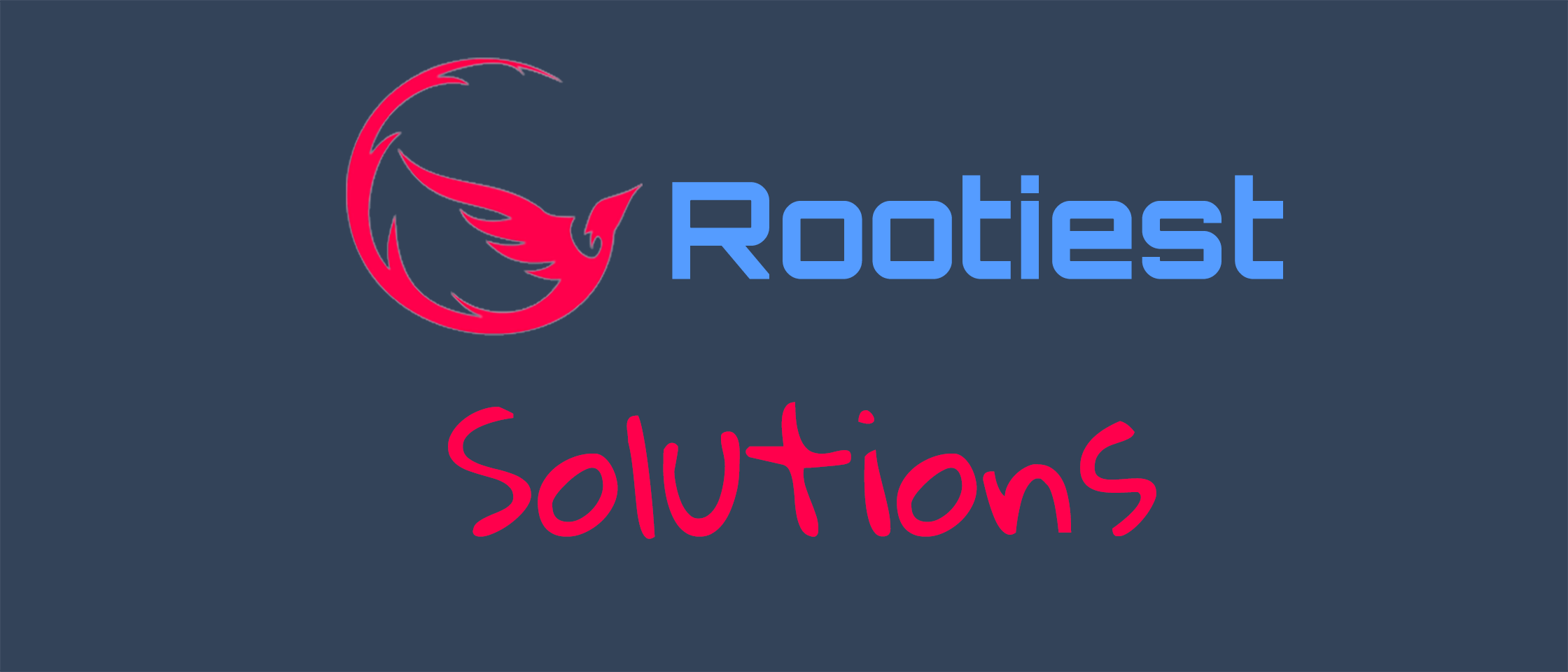I use a DNS server on my local network, and then I also use Tailscale.
I have my private DNS server configured in tailscale so whether on or off my local network everything uses my DNS server.
This way I don’t have to change any DNS settings no matter where I am and all my domains work properly.
And my phone always has DNS adblocking even on cell data or public Wi-Fi
The other advantage is you can configure the reverse proxy of some services to only accept connections originating from your tailscale network to effectively make them only privately accessible or behave differently when accessed from specific devices




Yeah as far as I know this still works.
You need to use a valid address (there are sites for generating one)
You also need to use a credit card that has never previously been used in Google with another address